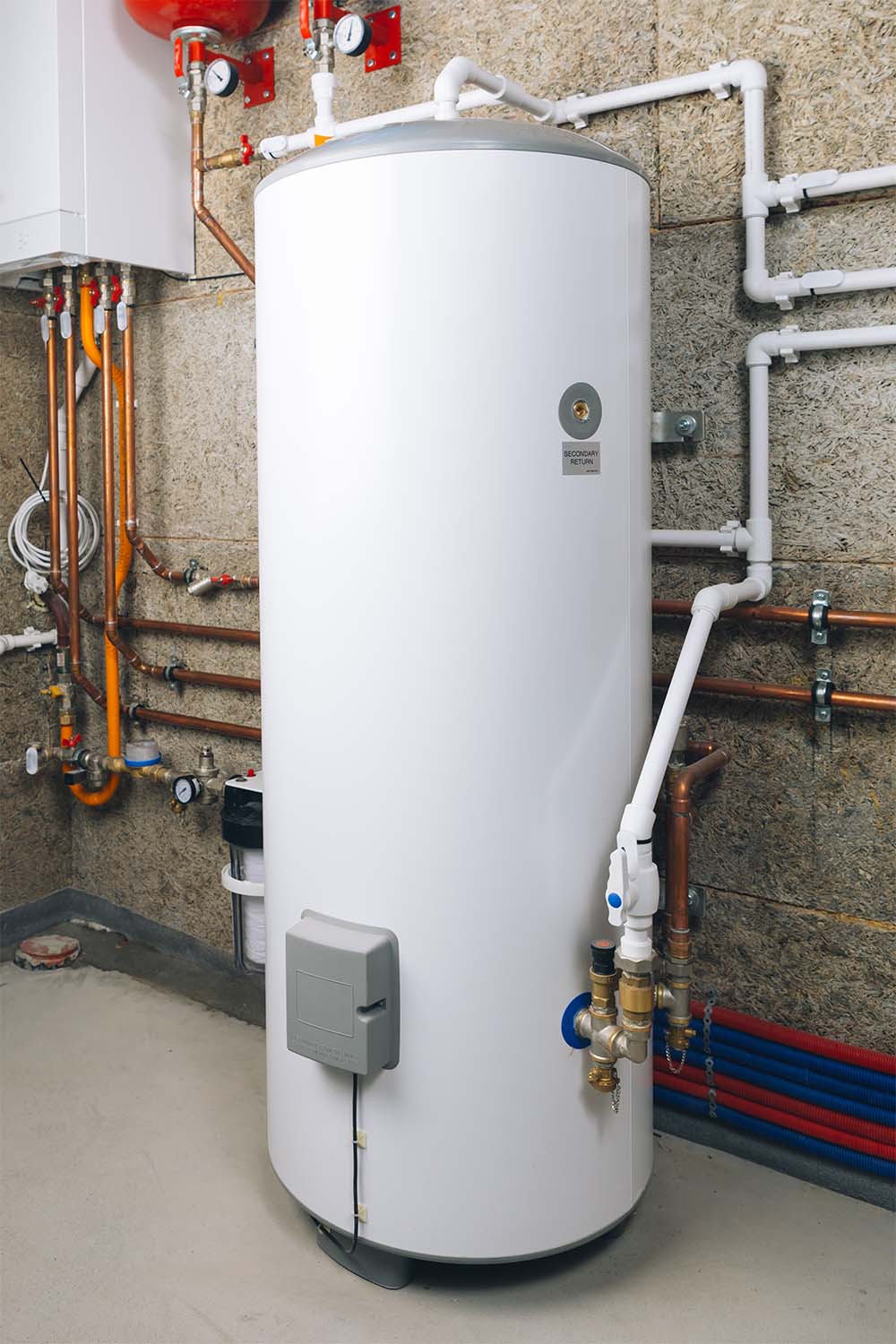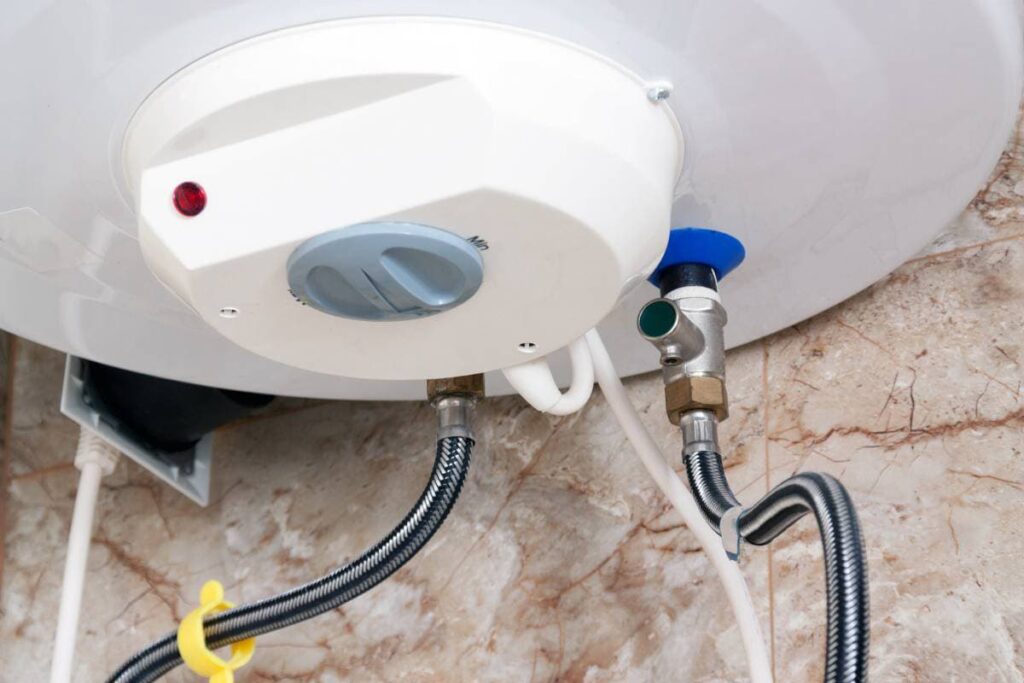Were you interested in info concerning How to Maintain Your Water Heater & Prolong its Life?

Hot water is important for everyday comfort, whether it's for a rejuvenating shower or cleaning recipes. To guarantee your warm water system runs effectively and lasts longer, routine maintenance is crucial. This short article provides sensible suggestions and understandings on exactly how to preserve your home's warm water system to stay clear of interruptions and expensive repair services.
Introduction
Keeping your home's warm water system could appear overwhelming, however with a few easy steps, you can ensure it operates smoothly for years to come. This guide covers everything from recognizing your warm water system to do it yourself upkeep ideas and understanding when to contact expert aid.
Relevance of Keeping Your Hot Water System
Regular upkeep not just extends the lifespan of your hot water system but also ensures it operates efficiently. Overlooking maintenance can result in decreased performance, greater power expenses, and also premature failure of the system.
Signs Your Hot Water System Demands Maintenance
Recognizing when your warm water system needs focus can avoid significant problems. Look out for signs such as inconsistent water temperature level, unusual noises from the heating system, or rustic water.
Flushing the Water Heater
Flushing your hot water heater eliminates sediment build-up, enhancing efficiency and lengthening its life.
Monitoring and Replacing Anode Rods
Anode poles stop corrosion inside the container. Examining and replacing them when broken is important.
Complex Concerns Requiring Expert Help
Instances include significant leaks, electric issues, or if your water heater is constantly underperforming.
Routine Expert Maintenance Benefits
Specialist maintenance can consist of extensive inspections, tune-ups, and making sure compliance with safety and security criteria.
Examining and Readjusting Temperature Setups
Changing the temperature level settings makes certain optimal efficiency and safety.
Do It Yourself Tips for Upkeep
You can perform a number of upkeep tasks on your own to keep your warm water system in leading problem.
Checking for Leakages
Routinely evaluate pipes and connections for leakages, as these can result in water damages and higher costs.
Understanding Your Warm Water System
Prior to diving into upkeep jobs, it's useful to recognize the basic elements of your hot water system. Usually, this includes the water heater itself, pipelines, anode poles, and temperature controls.
Monthly Upkeep Tasks
Normal month-to-month checks can help catch small concerns before they escalate.
Checking Stress Alleviation Valves
Examining the pressure relief valve guarantees it operates correctly and avoids extreme stress buildup.
Insulating Pipes
Shielding hot water pipes minimizes warmth loss and can save energy.
When to Call an Expert
While do it yourself maintenance is useful, some concerns call for professional knowledge.
Final thought
Normal upkeep of your home's warm water system is essential for efficiency, durability, and expense savings. By following these suggestions and understanding when to look for expert aid, you can make certain a trustworthy supply of hot water without unexpected disruptions.
Water Heater Maintenance: The Basics
Maintaining your water heater will ensure it operates efficiently and has a longer lifespan. Neglecting regular maintenance can lead to costly repairs and an even bigger chunk of your savings if you have to replace it sooner than necessary. But there’s good news: Most water heater maintenance tasks are relatively simple and easy for homeowners with basic DIY skills.
Flush the Water Heater
Over time, sediment and minerals can build up in the tank, reducing its efficiency and potentially causing damage. To flush the tank, turn off the power or gas supply, attach a hose to the drain valve near the bottom and open the valve to drain the water until it runs clear. Ideally, flush the tank annually.
Replace the Anode Rod
The anode rod is a sacrificial metal rod that helps prevent corrosion inside the tank. Inspect and replace it every three to five years or per the manufacturer's recommendation. To replace the anode rod, turn off the power or gas supply, drain a few gallons of water from the tank, unscrew the old rod and replace it with a new one. If the anode rod is significantly corroded or covered in calcium buildup, it's a sign the water heater may need to be replaced soon.
Tune-Up
A yearly tune-up can help identify potential issues and ensure your water heater operates at peak efficiency. This typically involves checking the thermostat, burner assembly (for gas heaters) and any other components specified by the manufacturer. During a tune-up, the technician may also clean the burner and adjust the pilot light (for gas heaters) or examine the heating elements (for electric heaters).
How to Maintain Your Water Heater
Insulate the tank. Insulating the tank can improve energy efficiency and reduce heat loss, saving you money on energy bills. You can purchase precut insulation blankets designed specifically for water heaters or use standard fiberglass insulation wrapped securely around the tank. Check the temperature. The recommended water temperature for most households is around 120 degrees Fahrenheit (49 degrees Celsius). Higher temperatures can increase energy costs and potentially cause scalding. Use a kitchen thermometer to check the temperature at the faucet nearest the water heater. Monitor water pressure. Excessive water pressure can strain the water heater and cause leaks or even tank failure. Install a pressure-reducing valve if necessary. The ideal water pressure range is between 60 and 70 PSI (pounds per square inch). Test the temperature and pressure (T&P) relief valve. The T&P relief valve is a safety feature that releases pressure if the tank gets too hot or the pressure builds up too high. Test it annually by lifting the lever and allowing a small amount of water to release. Replace the valve if it doesn't release water or reseal properly. Check for leaks. Regularly inspect the tank, pipes and fittings for leaks or corrosion. Deal with issues promptly to prevent further damage. Even a small leak can lead to significant water damage over time. Consider a tankless water heater. If your traditional tank-style water heater is nearing the end of its lifespan ( typically 10 years), consider replacing it with a tankless water heater. These units heat water on demand, reducing standby energy losses and potentially saving you money on your energy bills. Schedule professional maintenance. While homeowners can perform many water heater maintenance tasks, it's still a good idea to schedule professional maintenance every few years. A plumber or HVAC technician can thoroughly inspect the unit, identify potential issues and ensure it operates safely and efficiently. https://www.homeserve.com/en-us/blog/home-improvement/hot-water-heater-maintanence/

As a person who reads on Tips For Maintaining Your Hot Water Heater, I imagined sharing that topic was important. So long as you enjoyed reading our blog post if you please make sure you remember to pass it around. Many thanks for taking the time to read it.
Book Service Now